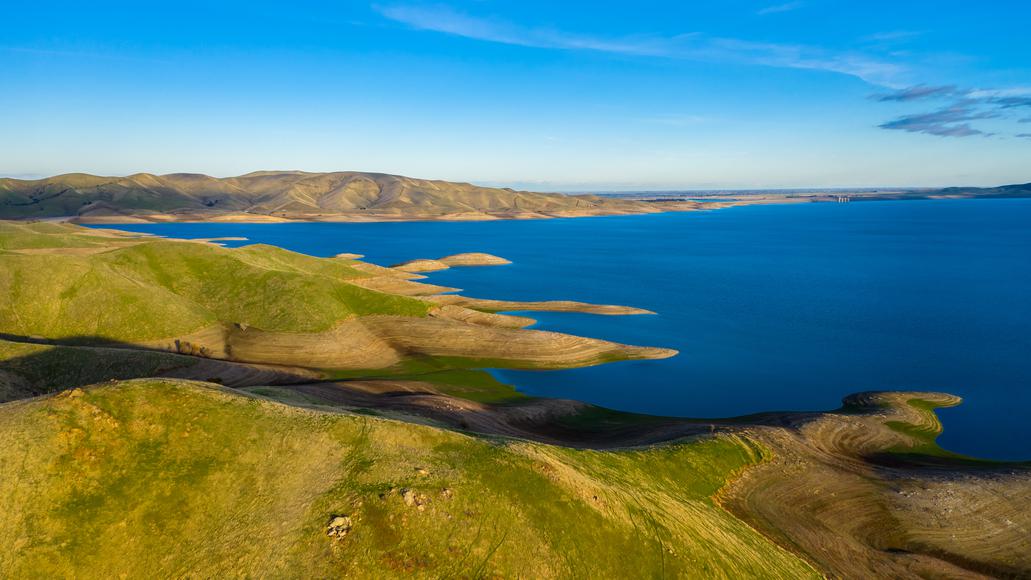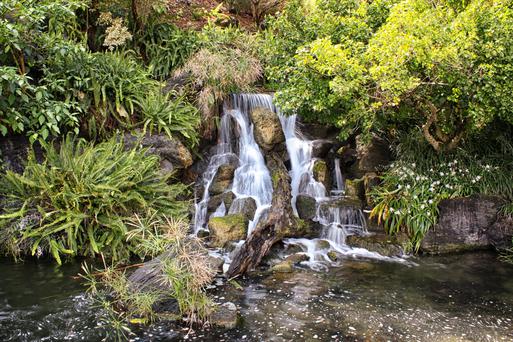Nestled in the heart of California's vast Central Valley lies a shimmering oasis, a testament to human ingenuity and the ongoing quest for water management: the San Luis Reservoir. This magnificent reservoir, holding both natural beauty and immense significance for the Golden State's water system, is much more than just a large lake. Here's everything you need to know about this impressive structure.
Historical Background
The San Luis Reservoir was constructed as a result of a collaboration between the federal and state governments in the 1960s. It stands as a primary off-stream storage facility and is a key component of both the California State Water Project (SWP) and the federal Central Valley Project (CVP). The aim was to cater to the growing water demands of the state's booming population and agricultural sectors.
Physical Aspects
San Luis Reservoir boasts impressive dimensions. It spans roughly 12,700 acres and can hold approximately 2 million acre-feet of water at full capacity, making it one of the largest off-stream reservoirs in the world. The water body is cradled by the San Luis Dam, an earth-filled embankment rising to a height of 382 feet above the streambed.
Water Management and Distribution
Water is pumped into the reservoir primarily from the Sacramento-San Joaquin Delta during periods when water is abundant. The reservoir then releases the stored water during dry periods, ensuring a consistent water supply for agricultural, municipal, and industrial users downstream.
The water stored in San Luis Reservoir not only quenches the thirst of urban areas such as Los Angeles, San Jose, and San Francisco, but also irrigates the fertile farmlands of the Central Valley, which contribute significantly to California's economy. The reservoir acts as a buffer, ensuring that water is available throughout the year, especially during California’s frequent and sometimes prolonged droughts.






